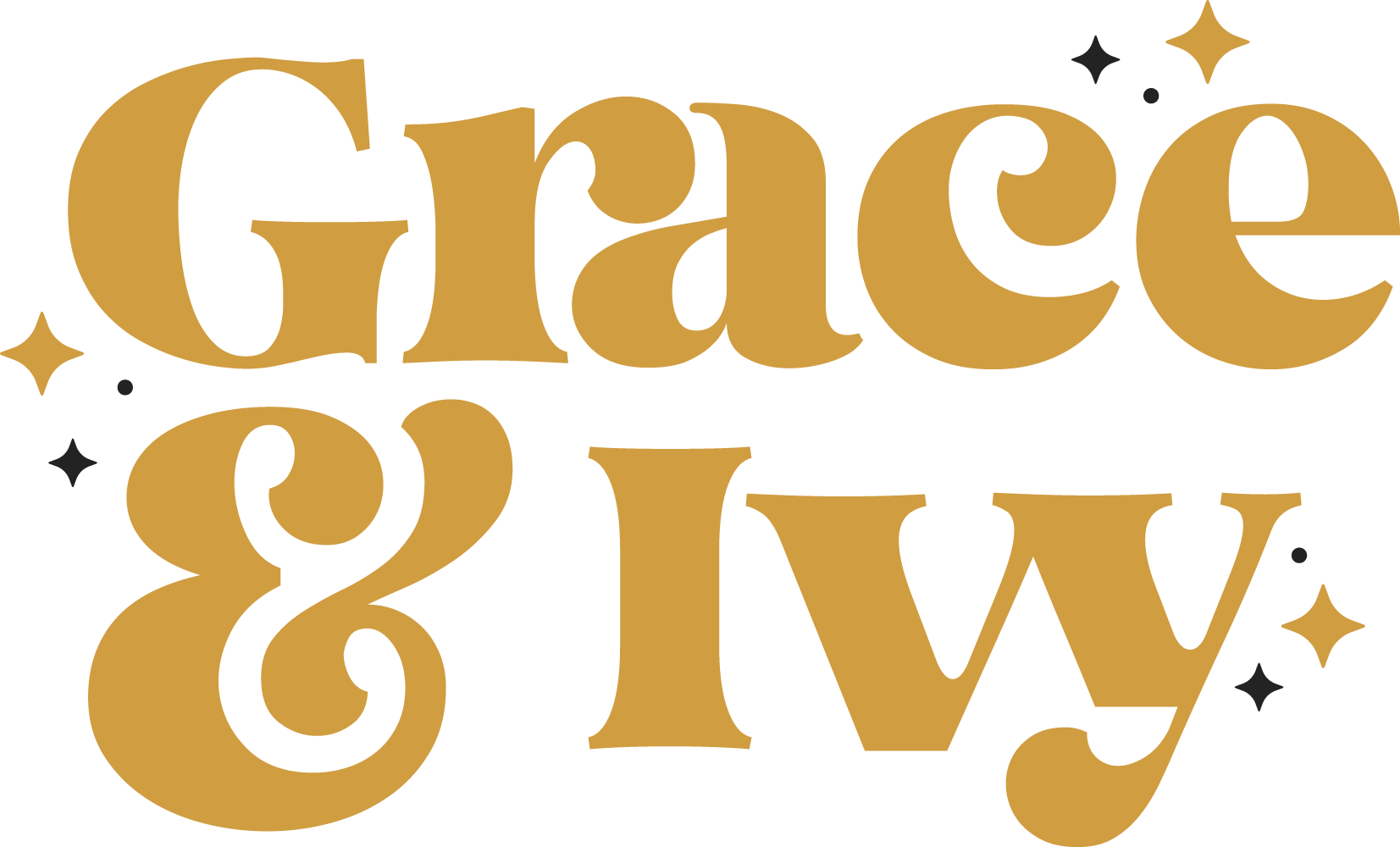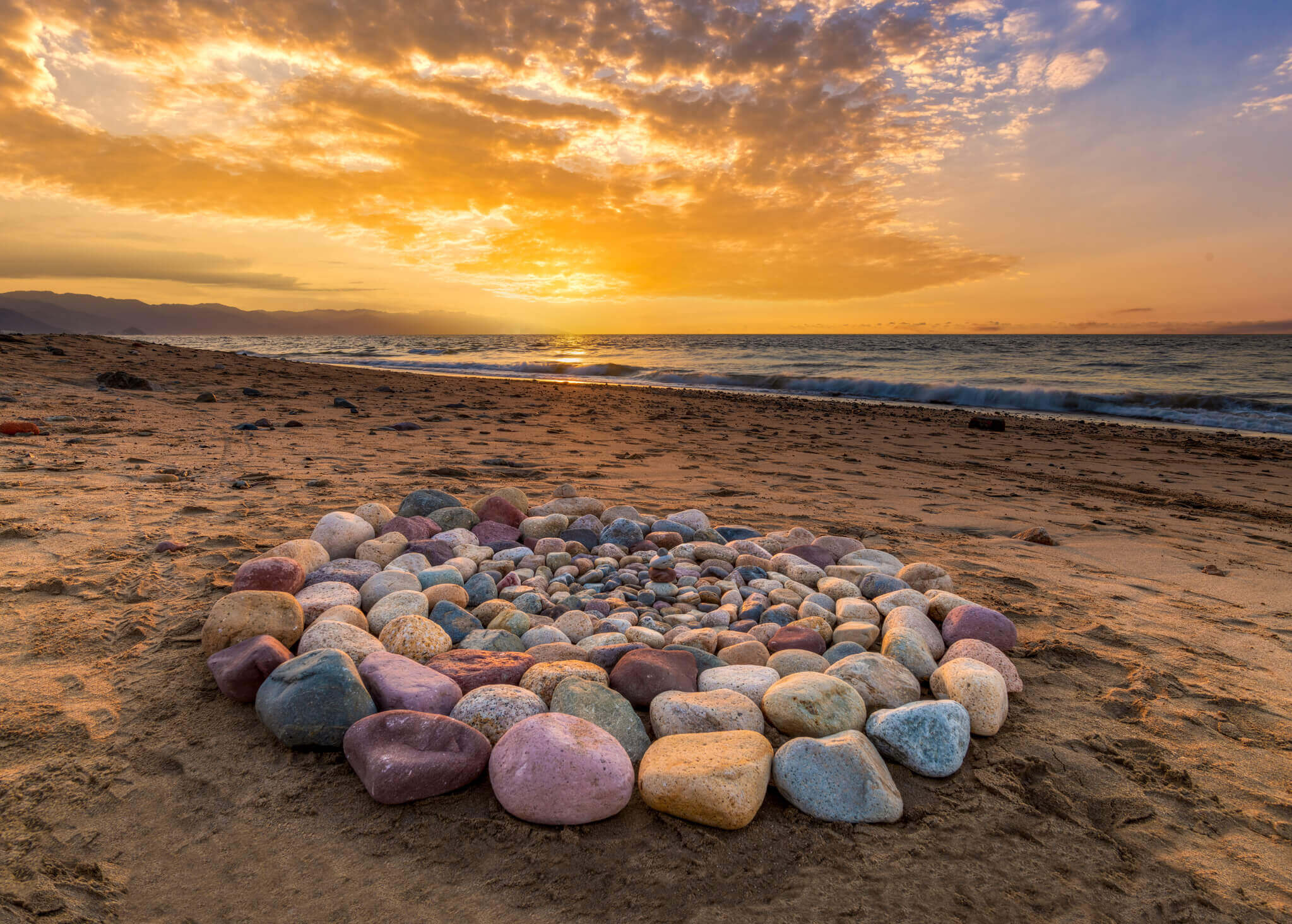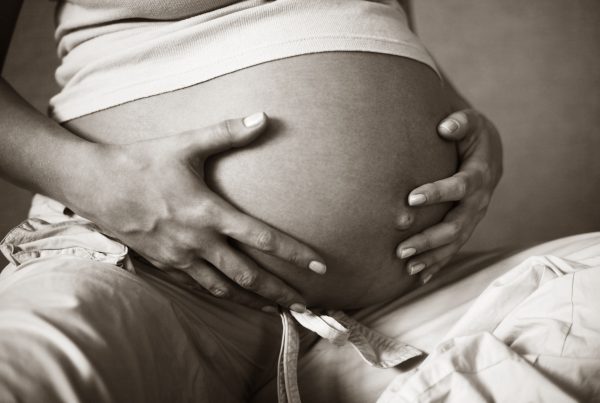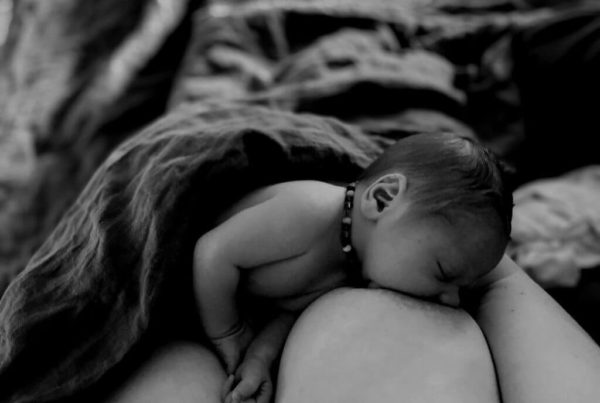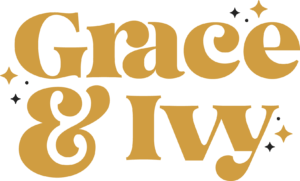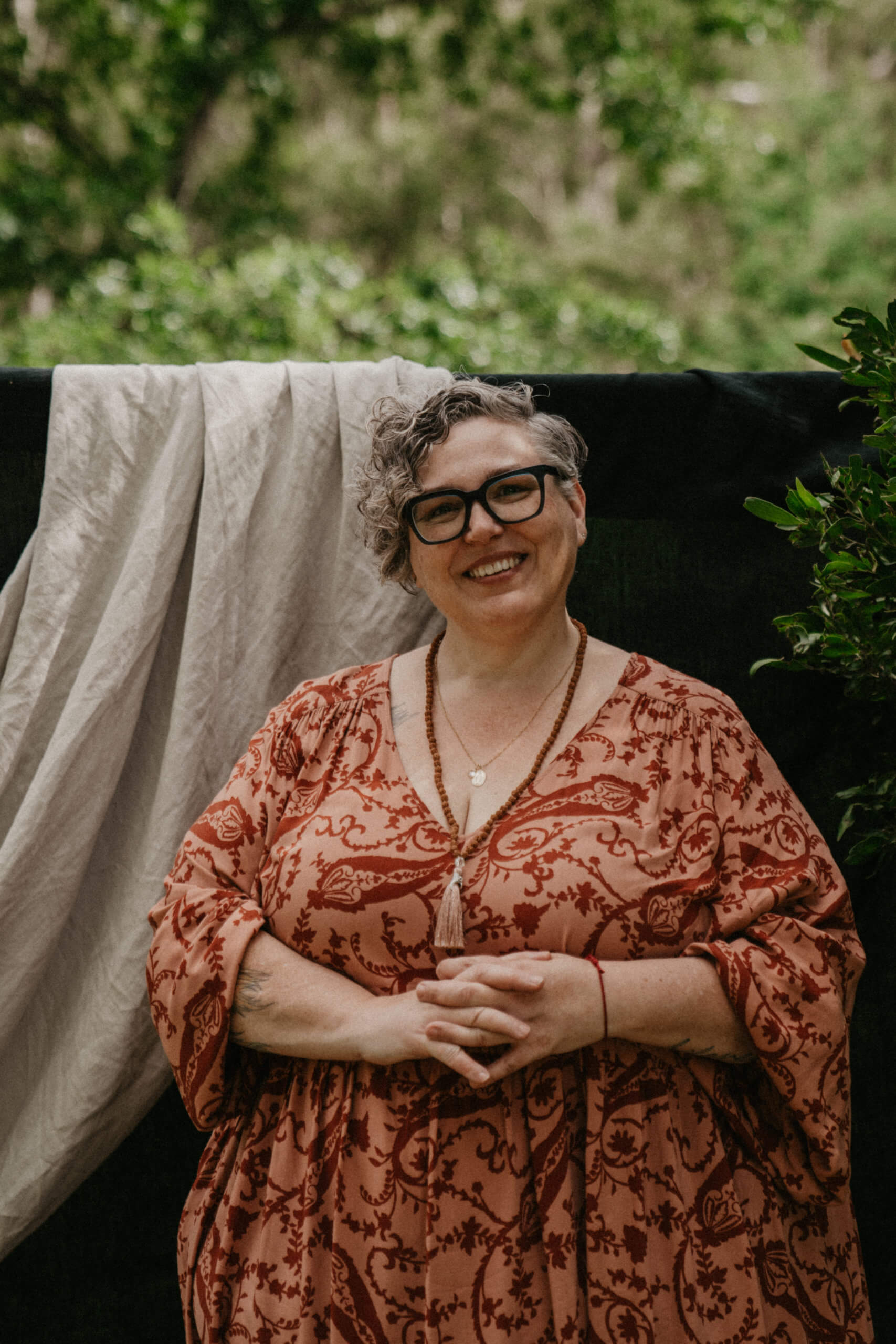There have been a couple of widely publicised tragedies in the birth world this week.
First, we heard of the newborn in WA who passed ‘as a result of the mother choosing to birth with only the support of a doula’ and then on Friday we received the news of the well-known and well-loved Yogini from QLD who lost her life after birthing her baby at home supported by a midwife with her OBs blessing.
Sadly, these two tragedies have once again placed the spotlight on the ‘dangers’ of homebirth and freebirth. But there is a deeper discussion that needs to be had here and that is the fact that there is the potential for death in ALL birth settings.
Death is a subject that most people shy away from when discussing birth. In fact, many pregnant women fear even saying the word or discussing the possibility. But if we trust birth to unfold exactly as it should then why can’t it involve death?
Statistics show that Australia is one of the safest countries in the world to birth in.
And yet death still occurs…and it occurs in ALL birth settings, not just home birthing scenarios.
In Australia, there were 303,054 babies born in 2019. Less than 1% of these births resulted in the death of the baby (2,897) and of these deaths, just over 75% were stillbirths (2,183) and 25% (714) died within 28 days of birth. There were also 17 maternal deaths during this time.
(These stats are taken from all birth settings and the Mother and Babies Report at Australian Institute of Health and Welfare.)
Birth and death are not separate.
They never have been and they never will be. One can not exist without the other.
Anyone who has witnessed a truly un-medicalised birth knows that birth is wild, primal and animalistic. It requires darkness, warmth, love, quiet, privacy and a sense of safety for the physiological process to unravel. There needs to be time and space for the mother and baby to connect and work together in the birthing process. Together they must dance to the beat of their ancestral drum as they travel through the labourinth to both be newly born.
This can not easily happen in a medicalised environment…in the confines of a sterile room with bright fluorescent lights, wires and beeping machines, cold metal instruments and bossy, intervening medwives and doctors with saviour complexes. Where autonomy no longer exists and the ability to go within to meet your baby is thwarted at every turn by the mechanics of the system.
Most people who choose homebirth or freebirth do so out of a desire to birth in their full power with their autonomy intact and respected.
Without interruptions, distractions and threats of intervention if arbitrary time limits or other impossible parameters aren’t met.
They may make this decision based on a previous traumatic birth; personal beliefs that the only way to have a truly autonomous birth is to birth at home out of the system or they may know that the latest statistics (2019) found that planned homebirths had the highest rate of ‘normal’ no intervention births (95.1%) compared to those in a hospital (78.6%).
Freebirthing and homebirthing people are very well educated on the birthing process.
They understand the way their body works and the complications (or variations of normal) that may arise during and after birth.
Most have done deeper work around preparing for birth than people who choose to birth in the system, not because hospital birthing people don’t prepare for birth, but because a lot of their preparation time is taken up learning how to push back on the system, say no to unnecessary interventions and protect their birth space…all in an attempt to achieve a physiological birth in an environment that is supposed to be ‘safer’ than birthing at home.
When doing this deep work preparing for their home/free births, risks are explored and understood. The unpredictability of birth and the possibility of tragic events unfolding is also understood. Not because freebirth or homebirth is inherently unsafe, but because they understand and accept that birth is wild, primal, animalistic…and unpredictable, no matter where it occurs.
In the Netherlands, where pregnancy is not considered a medical event the homebirth rate sits at just over 30%.
This figure has been stable since 1990. With the aim to keep birthing people out of the hospital system, a robust (but realistic) screening system is used by midwives early in pregnancies to decide whether to refer the person into the system or whether they will home birth. In fact, if a woman or birthing person chooses to birth in the hospital system without a medical reason for doing so, they have to pay what is the equivalent of a Medicare gap, just over $500.
The sad truth is that our hospital system is not set up in a way that supports or respects birth…or women (birthing people). Instead, the system blindly focuses on minimising anything that may result in an insurance claim. And to do this the system narrows the range of ‘normal’ to an almost impossible to achieve level, meaning most pregnant and birthing people disappear in the system buried under a pile of risk factors that doctors manage through the extremely high use of coercion and interventions.
Every time I hold a Childbirth Education session, two questions come up regularly…‘how do I stop the cascade of interventions from taking over’ and ‘how will I know if I REALLY need the cesarean’. Women and birthing people know that there are dangers, pitfalls and obstacles to birthing in the system, but they feel that it is their only choice because we live in a society that has them believing that birth is dangerous…and hospitals will save them.
It also makes midwife-supported homebirth accessible to just a privileged few by pricing it out of reach of most average Australians and ensuring that it is not Medicare-funded. Just another example of how our elitist, patriarchal government pushes people into the money-making misogynistic hospital system.
And yet, as the statistics show us, tragic events still happen in hospitals…they just don’t make headlines.
Not unless they are the result of a horrible human error or negligence.
If a baby is born still, they are gobbled up in the hospitals’ stats, never to be thought of again by anyone other than their poor grieving family who most likely believed that birthing in a hospital with all of the interventions and doctors would mean they would be safe from tragedy.
The fact is to be human is to experience both birth and death, for one can not exist without the other…and sometimes they cross paths for they both dance where the veil is thin.
Birth is just as full of intensity as death, so it is no surprise that our culture teaches us to fear birth just as it teaches us to fear death. This cultural fear of death is one of the reasons why birth is shrouded in layers of fear and anxiety…and ultimately the reason that the medical system succeeds in pushing their hypervigilant over medicalised approach down our throat (we have all experienced or at least heard of ‘the dead baby card’, I’m sure).
In accepting that death is the natural sister to life, we must also accept that it is an unavoidable part of birth.
We can not control the mysteries of the universe. Instead, we must let them flow through us and be willing to welcome them when they arrive. You can not give birth without facing death. It happens, no matter where or how you give birth.
In my humble opinion, it is time to stop spotlighting deaths that occur in homebirth situations as being the result of the family’s poor, uninformed or negligent decision-making. It is also time that we made the medical system more accountable for the fear they distil into the birthing community around the ‘dangers’ of pregnancy and birth.
Please be clear…I am not saying that loss isn’t devastating. All loss is, no matter the stage of life. And I am not saying that when or if we find out that something has gone wrong with a pregnancy we shouldn’t try everything to save the person or baby; of course, we should.
But what I am asking you to consider is that if we know deep within ourselves that we can trust birth, then we MUST be able to trust that when a soul passes during birth, that birth has still unfolded exactly as it was meant to. Rather than trying to find blame, why can’t we sit comfortably with letting go and honouring that soul’s journey. For where birth happens, death happens. They are Sacred Sisters who travel hand in hand.
